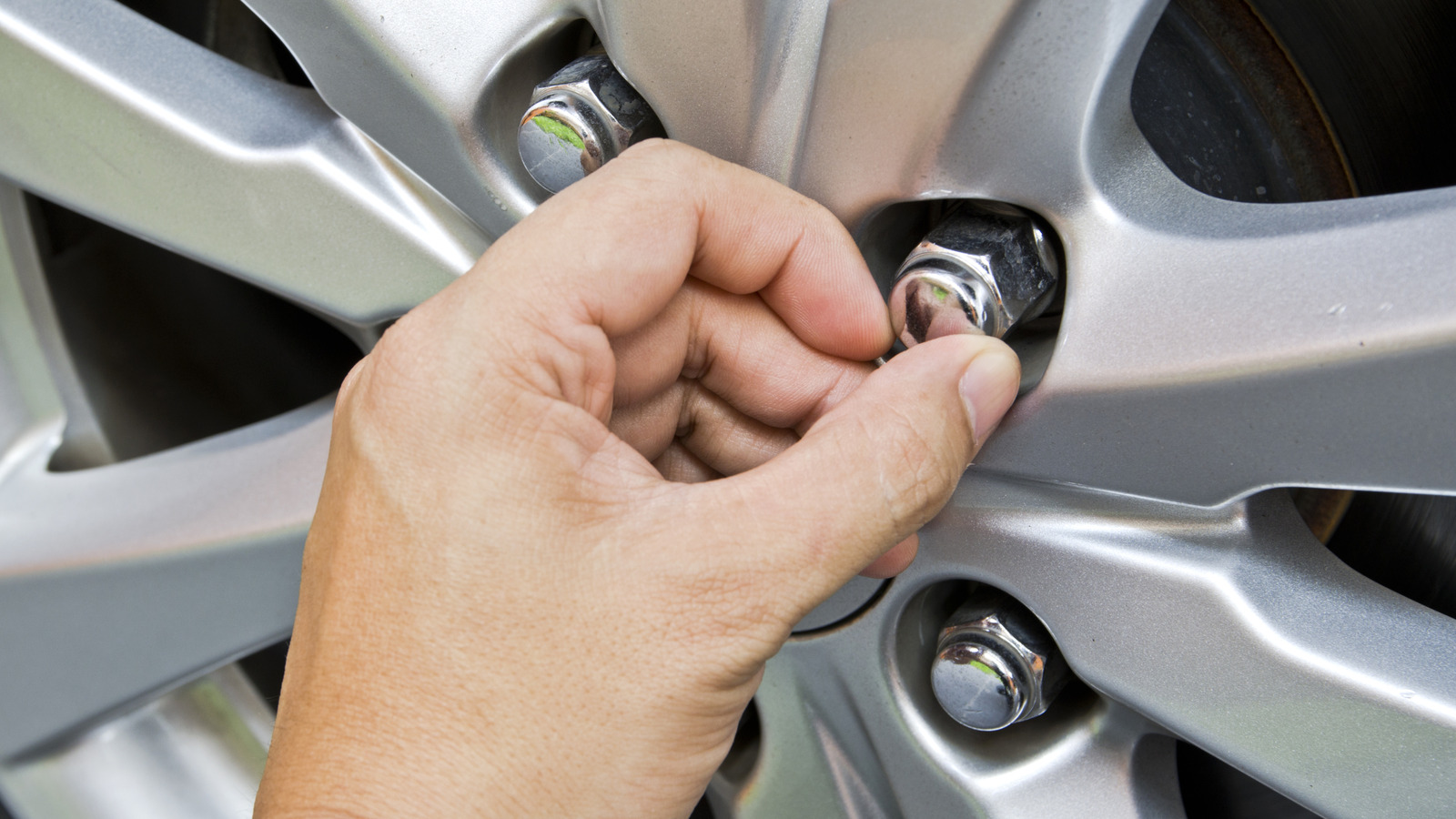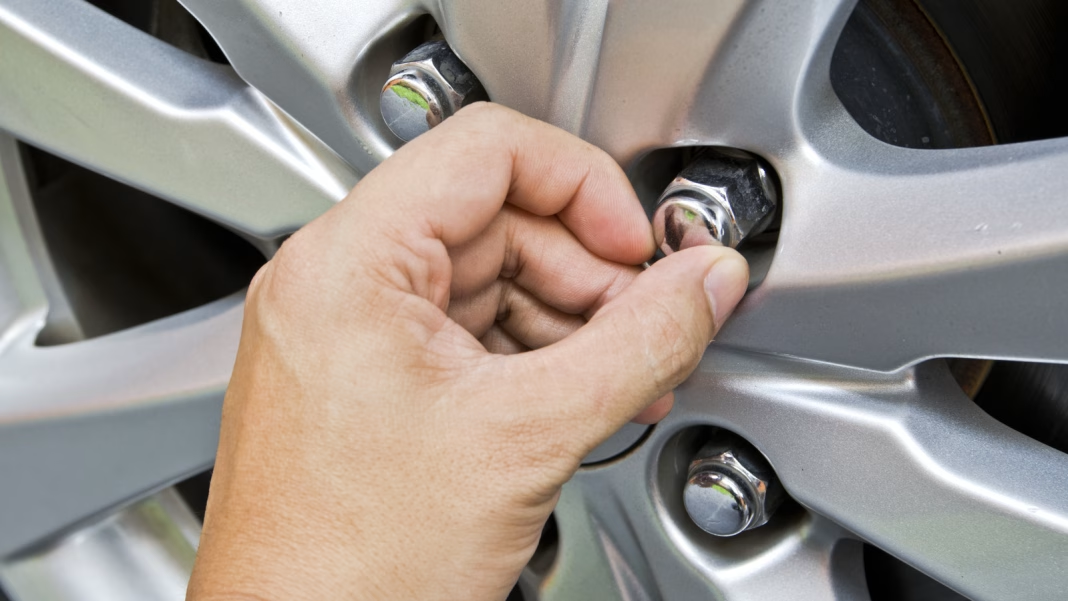Swollen lug nuts can turn a simple tire change into a frustrating ordeal. If you’ve ever found yourself wrestling with a stubborn lug nut that just won’t budge, you’re not alone. This issue is more common than you might think, and understanding why it happens can help you tackle it effectively.
What Causes Lug Nuts to Swell?
Lug nuts can swell for a few reasons, primarily due to corrosion and the materials used in their construction. Over time, exposure to moisture, road salt, and other environmental factors can lead to rust and corrosion. This not only makes the lug nuts larger but also can create a tight bond with the wheel, making them difficult to remove.
Another factor is the type of lug nut itself. Some are made from softer metals that are more prone to deformation. If you’ve had your tires changed at a shop that uses an impact wrench, the excessive torque can also contribute to this problem. When lug nuts are over-tightened, they can stretch or warp, leading to swelling.
Why Is This a Problem?
Swollen lug nuts can be a real headache. They can make it nearly impossible to change a tire on the side of the road, leaving you stranded when you need to be on the move. Moreover, if you attempt to force them off, you risk damaging the wheel or the lug nut itself, which can lead to even more costly repairs.
How Can You Fix Swollen Lug Nuts?
If you find yourself dealing with swollen lug nuts, don’t panic. There are a few strategies you can employ to resolve the issue:
1. **Use Penetrating Oil**: A good penetrating oil can work wonders. Spray it on the lug nuts and let it sit for a while to break down the rust. This can make it easier to remove them.
2. **Heat Application**: Carefully applying heat to the lug nut can expand the metal and make it easier to loosen. A heat gun or propane torch can do the trick, but be cautious—too much heat can damage the wheel or surrounding components.
3. **Impact Wrench**: If you have access to an impact wrench, it can provide the extra torque needed to break the bond without damaging the lug nut. Just be careful not to overdo it!
4. **Replacement**: If the lug nuts are severely swollen or damaged, it might be time to replace them. Investing in high-quality, corrosion-resistant lug nuts can save you trouble down the line.
5. **Regular Maintenance**: Prevention is key. Regularly check your lug nuts for signs of corrosion and ensure they’re not over-tightened during tire changes. A quick inspection can save you a lot of hassle later.
Real-World Example
Consider a friend of mine who faced this very issue during a road trip. After a long day of driving, they pulled over to change a flat tire, only to discover that the lug nuts were swollen and wouldn’t budge. After a frustrating hour of trying various methods, they finally resorted to calling for roadside assistance. The technician used penetrating oil and an impact wrench to get the job done, but it was a stark reminder of the importance of regular checks and maintenance.
The big takeaway? Dealing with swollen lug nuts isn’t about perfection—it’s about smarter adjustments. Start with one change this week, whether it’s checking your lug nuts or investing in a quality tool, and you’ll likely spot the difference by month’s end.


